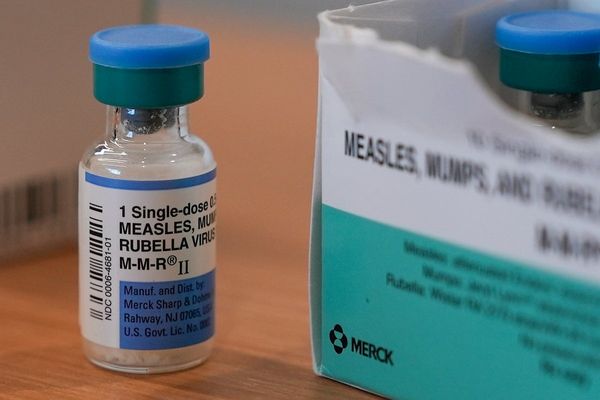
The Northern Lights could be visible across parts of the UK sky tonight, treating skygazers to a rare sight of the phenomenon.
The Met Office forecast suggests the display, called the Aurora Borealis, could be visible to the naked eye along the northern horizon from Scotland – where skies are clear, and may even be seen briefly in Northern Ireland and northern England.
A minor enhancement to the auroral oval – the range of the polar lights – is responsible for the display being visible so far south this week.
The lights were seen over Northumberland on Wednesday night, and the activity is expected to start subsiding from Saturday.
Professor Don Pollacco, department of physics at the University of Warwick, said it would be difficult to predict exactly where the Northern Lights would be visible.
He said: “To predict exactly where you can see the Northern Lights is difficult as conditions can change quickly.
“However, one thing is for sure, and that is that you are unlikely to see them from a brightly lit city environment – you need to go somewhere dark and look towards the northern horizon (look for the North Star).
“So, you would preferably be in the countryside away from street lights. Of course it also needs to clear.”
Explaining what the lights are, he added: “The Northern Lights (Aurora Borealis) are caused by the interaction of particles coming from the sun, the solar wind, with the Earth’s atmosphere – channelled to the polar regions by the Earth’s magnetic field.
“It’s actually a bit like iron filings and the field of a bar magnetic.
“The solar wind contains more particles when there are sun spots, as these are regions on the sun’s surface where the magnetic field is interacting with the plasma in the Sun, and the particles can be released.
“Once the particles are channelled into the Earth’s atmosphere they interact with molecules and have distinctive colours (eg oxygen molecules produce green light, nitrogen red light etc) and patterns such as light emissions that look like curtains or spotlights.
“These shapes over change quickly over timescales of minutes/seconds.”







